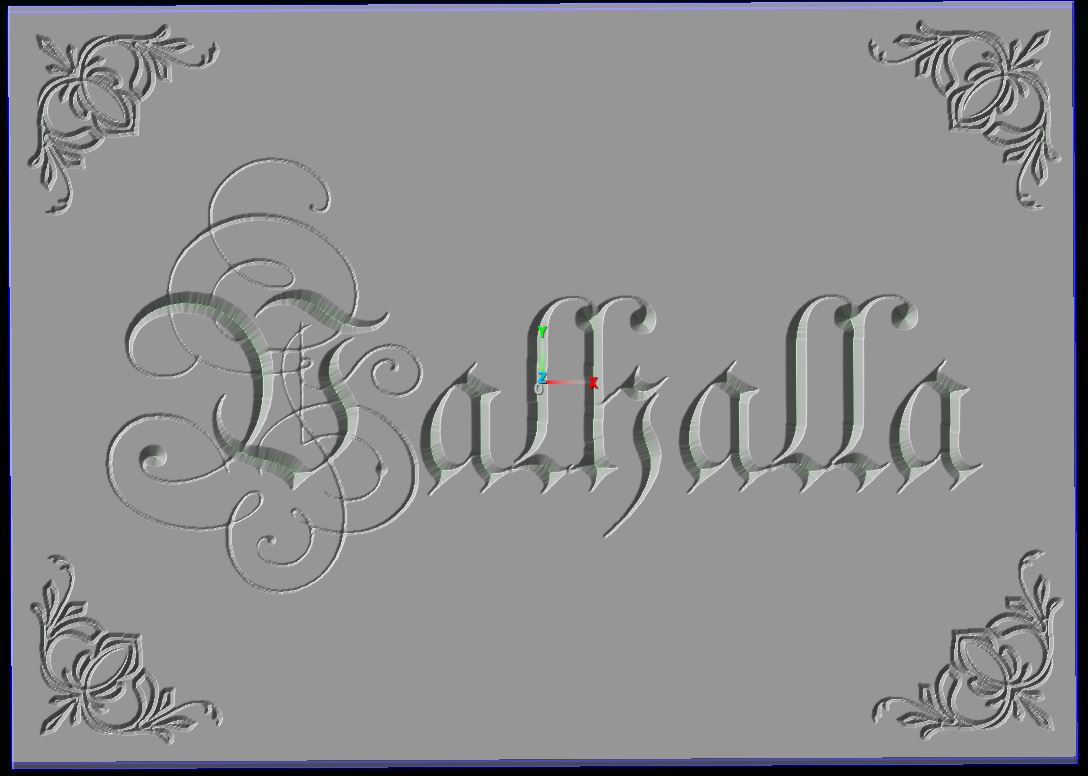Happy new year! :)
Yes, a PCNC file is everything - your canvas, tools, and operations, all stored as one file. If you have an image you must load it into your current project as a raster-layer via the Create Layer dialog. Then you can duplicate the layer and position the copies around the canvas as you see fit.
There are a number of planned tutorial/walkthrough videos that I'll be working on after the new store and beta version of PixelCNC are launched. It's getting close!
- Charlie


